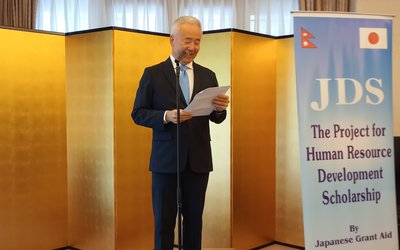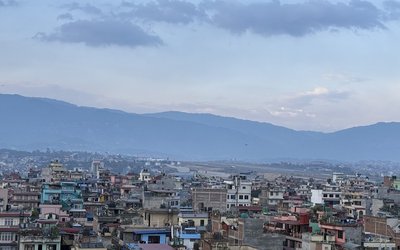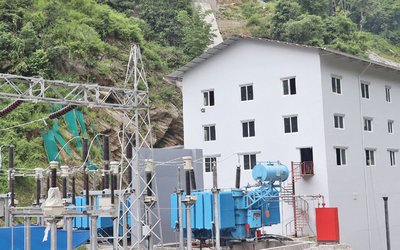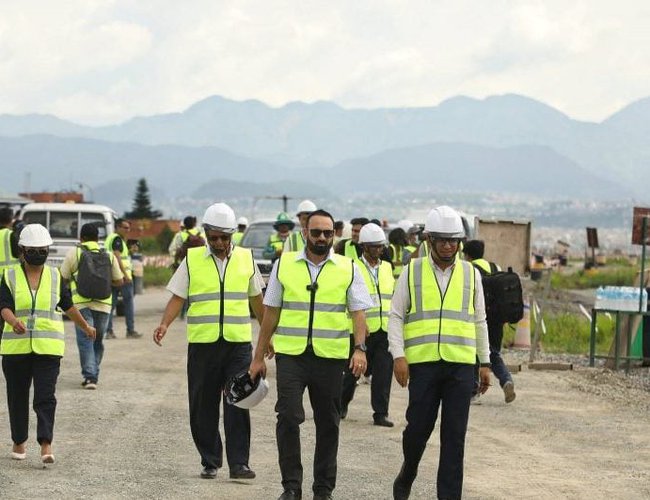
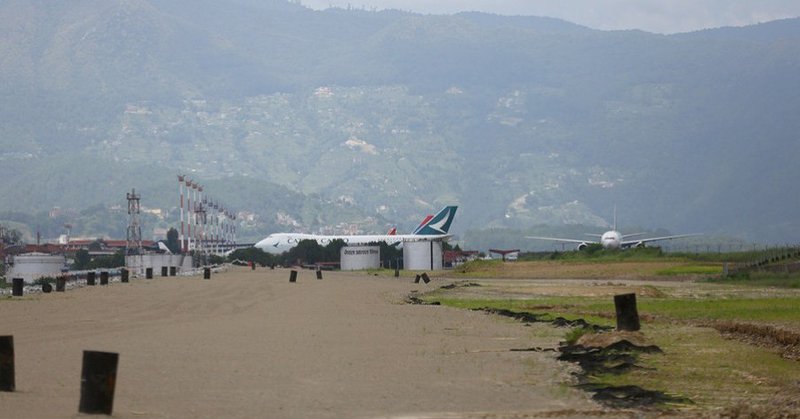
Pradeep Adhikari, the Director General of CAAN, stated that more than sixty percent of the upgrades at Tribhuvan International Airport have been completed according to the schedule.
He also mentioned that the Nepal Oil Corporation depot at TIA will be relocated to a new site allocated by CAAN for safety reasons during a media briefing on the airport's construction progress.
Upgradation work at Tribhuvan International Airport is progressing well, with over 60% of the work already completed according to DG Adhikari. The construction work is on schedule, and the Nepal Oil Corporation depot at TIA will be relocated to a new site allocated by CAAN for safety reasons.
The upgradation project is being funded by the Asian Development Bank and the government, and upon completion, TIA's capacity will increase by 25%. A media trip organized by CAAN and the project showcased the expansion work. The ongoing infrastructure expansion at TIA, which began five years ago, is now 60% complete and is expected to accommodate 10 million passengers annually.
With the assistance of a loan from the Asian Development Bank and resources from the government, the upgrading work at Tribhuvan International Airport (TIA) is currently in progress. Upon completion, the airport's capacity is expected to increase by 25%, as stated by DG Adhikari. CAAN and the Project have organized a media trip to showcase the expansion work. The infrastructure expansion at TIA, which began five years ago, is now 60% complete in order to accommodate an annual passenger volume of 10 million.
Engineer Dipendra Shrestha, the Director of the Air Transport Capacity Enhancement Project at the Civil Aviation Authority, reported that the physical progress of three ongoing projects within the airport has reached approximately 60%. To facilitate the infrastructure work, the airport was closed for 10 hours each night from 10 PM to 8 AM during the last winter season.
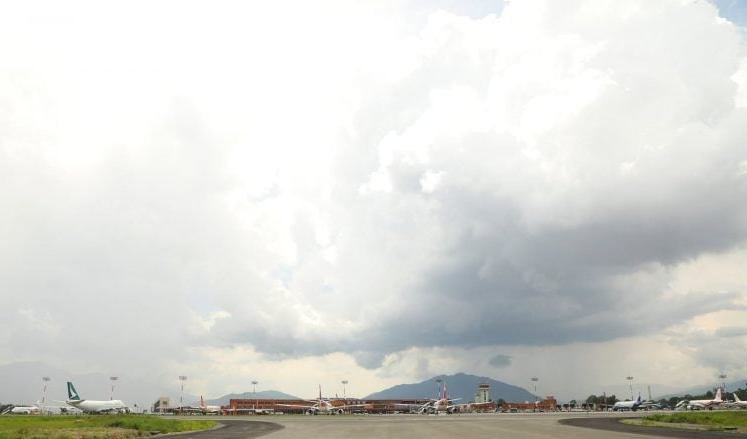
To cater to an estimated 10 million domestic and international passengers annually, construction is currently in progress on taxiways that will connect the runway, international aprons, and hangars.
The Government of Nepal and the Civil Aviation Authority are jointly investing approximately NPR 7 billion in this project. The construction of the international apron and the taxiway linking it to the northern end of the runway began on August 20, 2020, and is now 75% complete. The project is scheduled to be finalized by February 2026, with AVIC International, the Chinese contractor, overseeing the work.
Another ongoing project at the airport involves the development of infrastructure for aircraft hangars on the eastern side of the airport. This hangar area, intended for use by the Nepal Army, Nepal Airlines Corporation, Yeti Airlines, and Shree Airlines, is being constructed at a cost of around NPR 4 billion. The construction, which commenced in November 2022, is currently 45% complete and is projected to be finished by October 2026. The Asian Development Bank is providing 78% of the project funding through loans, with the remaining 22% covered by the Civil Aviation Authority of Nepal. AVIC, KDN, and CCECC JV are the companies involved in this project.
The airport's third ongoing project involves constructing a parallel taxiway to the existing runway, which is currently 60% complete. The project, which began in December 2022, is expected to be finished by October 2026 at a cost of NPR 4 billion. The construction is being handled by the Chinese company Gansu.
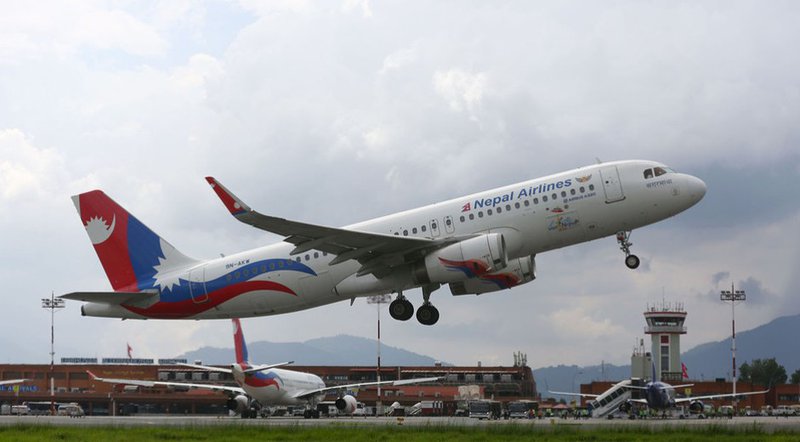
Construction work near the airport's sole runway started on Kartik 23 (early November) with working hours set from 10 PM to 8 AM. This led to a reduction in international flights during this period. Presently, Kathmandu airport operates from 6 AM to 12 midnight.
The NPR 15 billion project aims to complete essential improvements within the set timeline, although full completion is anticipated to take more time. The current focus is on extending a 1,200-meter taxiway, upgrading the apron to increase aircraft parking capacity, and developing the northeast hangar apron. These enhancements are projected to increase the airport's capacity by approximately 25%.
The construction work is divided into two shifts: nighttime work is concentrated near the runway, while construction in other areas continues around the clock.

.
- IOE Secretary-General Santos Praise FNCCI’s Role in Improving Industrial Relations
- Jul 25, 2025
- Weather Forecast: Generally Cloudy Across The Country, Heavy Rain Is Likely To Occur In The Few Places Of Bagmati And Gandaki Provinces
- Jul 25, 2025
- Honorary Consuls Play Key Role in Economic Diplomacy: Foreign Minister Dr.Rana
- Jul 24, 2025
- Ambassador Maeda congratulated and encouraged JDS fellows who will begin their studies in Japan
- Jul 24, 2025
- Nepal Participates in the Unistream Social Innovation Delegation in Israel
- Jul 24, 2025

